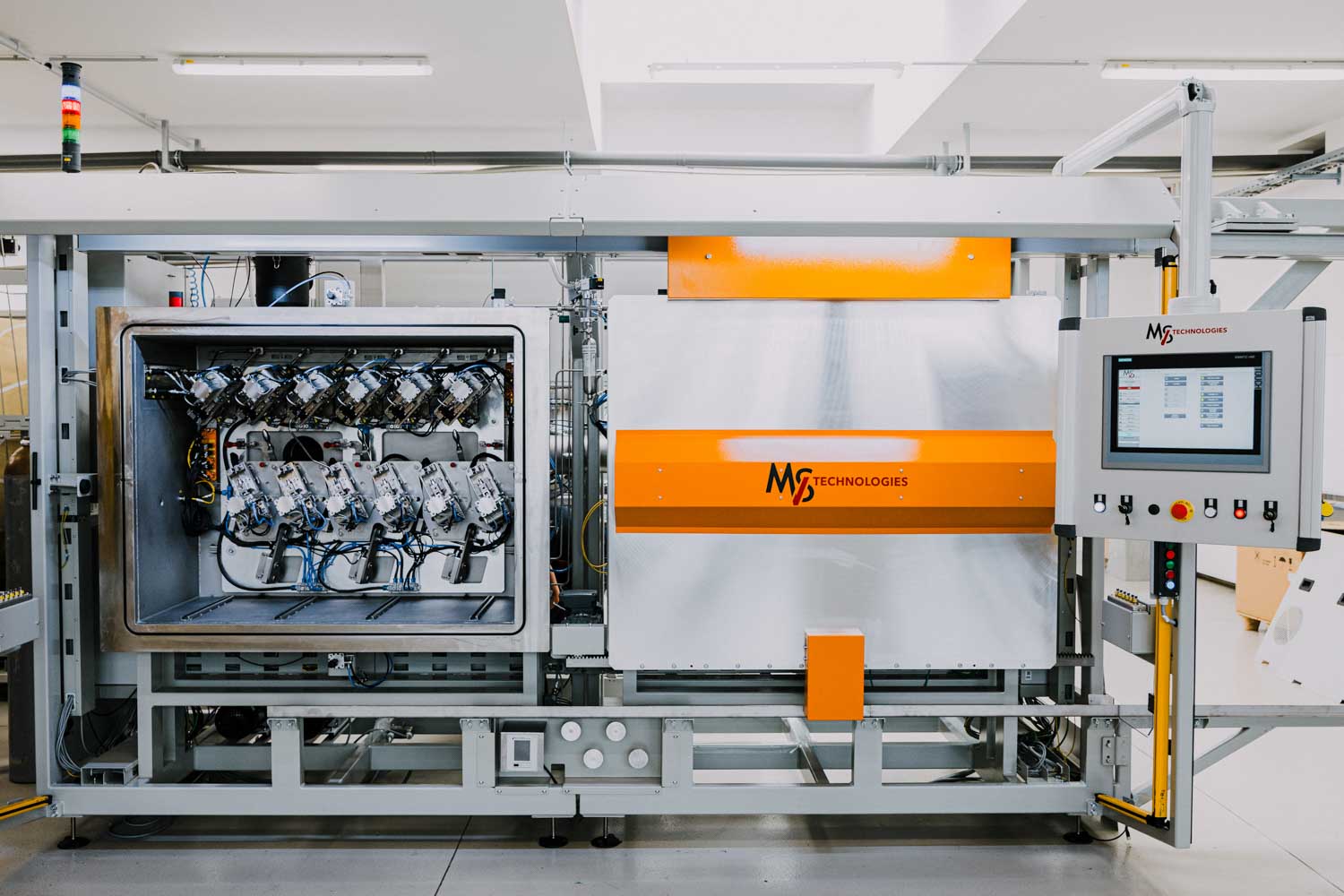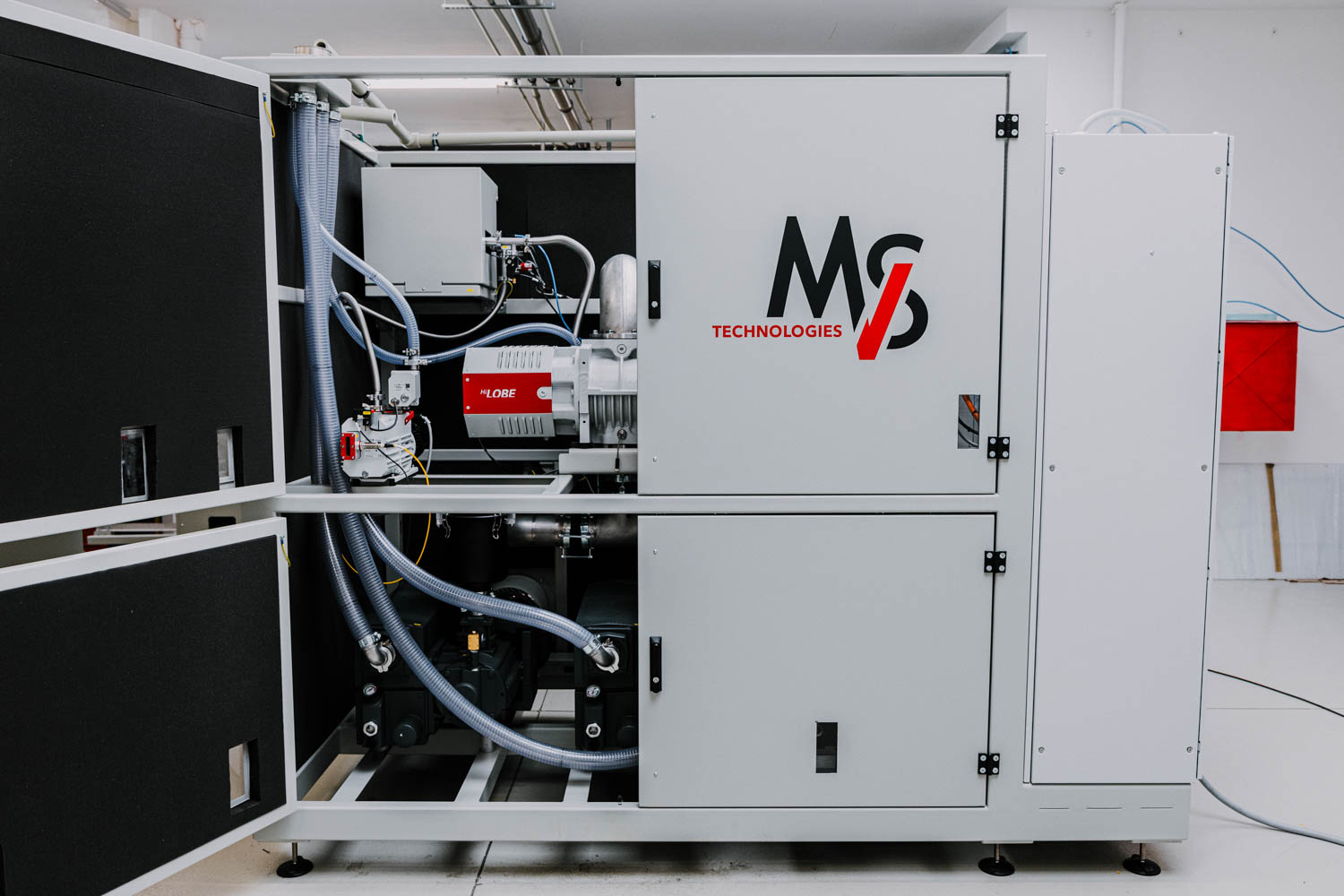Helium leak detection equipment: the elements of a helium leak detection system
Helium leak detection technology has revolutionized the way manufacturers and engineers approach leak testing, ensuring the integrity of their products and systems with unparalleled precision. But what gives these systems their power and what are the helium leak detection equipment?
Helium leak detection is a non-destructive testing method that has become indispensable across a wide range of industries, from automotive and aerospace to electronics and medical devices. By leveraging the unique properties of helium, this technology allows professionals to identify even the most elusive leaks in vacuum systems, pressure vessels, and other critical components.
At the heart of this leak testing process lies the helium leak detector, a sophisticated piece of equipment designed to capture the smallest traces of helium with incredible accuracy. These detectors work by creating a vacuum around the component being tested and then introducing helium as a tracer gas. If a leak is present, the helium will escape through the opening and be picked up by the detector's sensitive sensors.
Inside the leak detector, a special analyser measures the amount of helium molecules in the vacuum chamber. The values are compared with the results of a previous measurement taken before the helium filling, and conclusions are drawn from the difference between the two measurements to determine whether further action is needed.
As industries continue to push the boundaries of innovation and complexity, the importance of reliable leak testing has never been greater. Helium leak detection equipment provides a powerful tool for ensuring the quality, safety, and performance of a wide range of products and systems. In the following sections, we'll take a closer look at the key components of these remarkable machines, and explore how they're transforming the landscape of leak testing across various sectors.
Elements of helium leak detection equipment
At the heart of any helium leak detection equipment are three critical components that work together to detect even the tiniest of leaks. Let's pop open the hood and take a closer look at what makes these leak detectors tick.
Analyser
The analyser is the brain of the operation. This device has the important job of separating helium from any other gases. The analyser's main task is to measure the partial pressure of helium, which is a key indicator of leak size.
The most popular types of analysers are based on magnetic deflection. Magnetic deflection analysers are reliable solutions, use a magnetic field to bend the path of helium ions. There is another solution, quadrupole, which is an advanced technology but is rarely used, simply because it is too complex for this type of test.
Vacuum pump
Next up, we have the high vacuum pump. This pump is responsible for creating a nice, low-pressure environment in the analyser so it can do its thing.
You'll typically see turbo molecular pumps, molecular drag pumps, or some combination of the two used for this job. These pumps are particularly effective at contra-flow operation. That means they can make lighter gases (like helium) go against the main flow, enabling leak detectors to identify leaks even under higher pressures.
Backing pump
The backing pump is supporting our overachieving high vacuum pump. Its job is to give the high vacuum pump a boost.
Common types of backing pumps include oil-sealed rotary vane pumps, screw pumps, and scroll pumps. If you're trying to avoid hydrocarbons in your setup, you might opt for a screw or scroll pump instead of the old school oil-sealed variety.
These three elements of helium leak detection equipment working together to keep your systems leak-free. With these key components, you can rest assured that no leak, no matter how small, will escape undetected.
Helium leak detection equipment is complex and requires great care and attention. Find out how MVS Technologies offers innovative helium leak detection system solutions. Contact us today!

